- Around 27 years ago, a community on the northwest border of Bogotá launched a concerted campaign to defend the Conejera wetland against a city and business sector that saw it as disposable.
- The success of their efforts launched a long-standing community movement of wetland defenders in an otherwise urbanized city, where 98% of its original wetlands have been wiped out.
- Today the Colombian capital’s 15 official wetlands are home to dozens of endemic species, including 202 species of birds, and take up about 727 hectares (1,800 acres).
BOGOTA — The first time biologist Luis Jorge Vargas visited the Conejera wetlands in 1993 it was as an undergraduate doing research. He said he and his fellow classmates remained “a little bit removed” when they first saw armed guards escorting dump trucks discarding waste into the site. But when he saw the guards beating women who were defending the wetlands, the vivid injustice of the moment hit him like a ton of bricks.
“We as students had to get out of that privileged box of the researcher who doesn’t get involved in anything and we managed to face those guys,” he recalled in an interview with Mongabay.
Shortly after that, the neighborhood of Suba Compartir formed the Conejera Wetland Foundation and the small group of biologists grew into a formal partnership with Javeriana University. The foundation would ultimately save the wetlands, rack up prizes and international recognition, and define an urban conservation strategy for a generation that would come to depend on collaboration between community leaders and academics.
At that time, as part of the city’s late 20th-century urbanization boom, many of the city’s wetlands were cleared to make way for developments while others like Conejera were filled in with construction debris and wastewater. By 1990, about 90% of the city’s original wetlands were gone. And the remote neighborhood of Suba Compartir, which borders the northwestern limits of Colombia’s capital, Bogotá, seemed destined for the fate of many urban wetlands, as hundreds of dump trucks filled the region with construction debris, reducing the area from 150 to 35 hectares (370 to 86 acres).
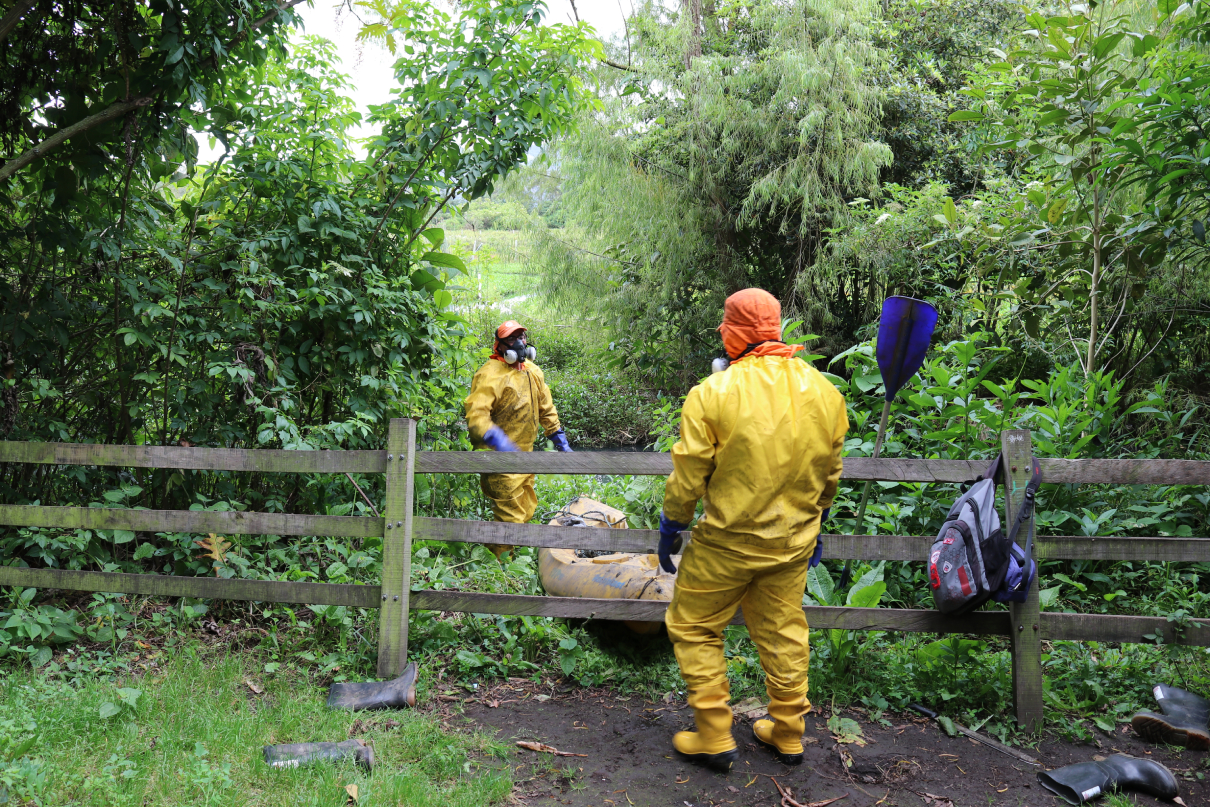
Taking on a challenge
Amid all this, German Galindo decided to take on the task of challenging the Bogotá Aqueduct and Sewage Company, the entity charged with managing the city’s water supply and wetlands. Galindo, who was working in sustainable livestock production at the time, would scour Conejera for certain unique plants to feed the animals.
So when it came under threat, he knew exactly the potential that was at stake. He organized a committee that took on a four-pronged strategy: educating the community, using the press, mobilizing citizens to block approaching dump trucks, and initiating judicial processes.
Galindo took advantage of a raft of new mechanisms in the recently ratified 1991 Constitution that allowed him to challenge various public entities in more than 50 legal actions. His efforts worked: within a year, the wetland was partially fenced in, and reforestation and environmental inventory processes had commenced.
By 2000, a court ruled that the aqueduct company had to remove the sewage water from the wetland and redirect it toward a treatment plant.
“He used all the legal mechanisms until the aqueduct company had to protect this wetland and that is something unheard of and unique, what happened in Bogotá,” Ana Guzmán Ruiz, who worked as a conservation researcher and consultant in Bogotá in the late ’90s and early 2000s, said in an interview. “As a result of that other people in other wetlands began to realize that they also had the opportunity and the right and the willpower to protect these wetlands.”
At the time, Colombia was not party to the 1971 Ramsar Convention on Wetlands, an international treaty for the conservation and sustainable use of wetlands, and did not join until 1998, the last country in South America to do so.
“Wetlands were not valued in Colombia; they were not valued by anyone,” Galindo said. “And of course in Bogotá — nothing.”
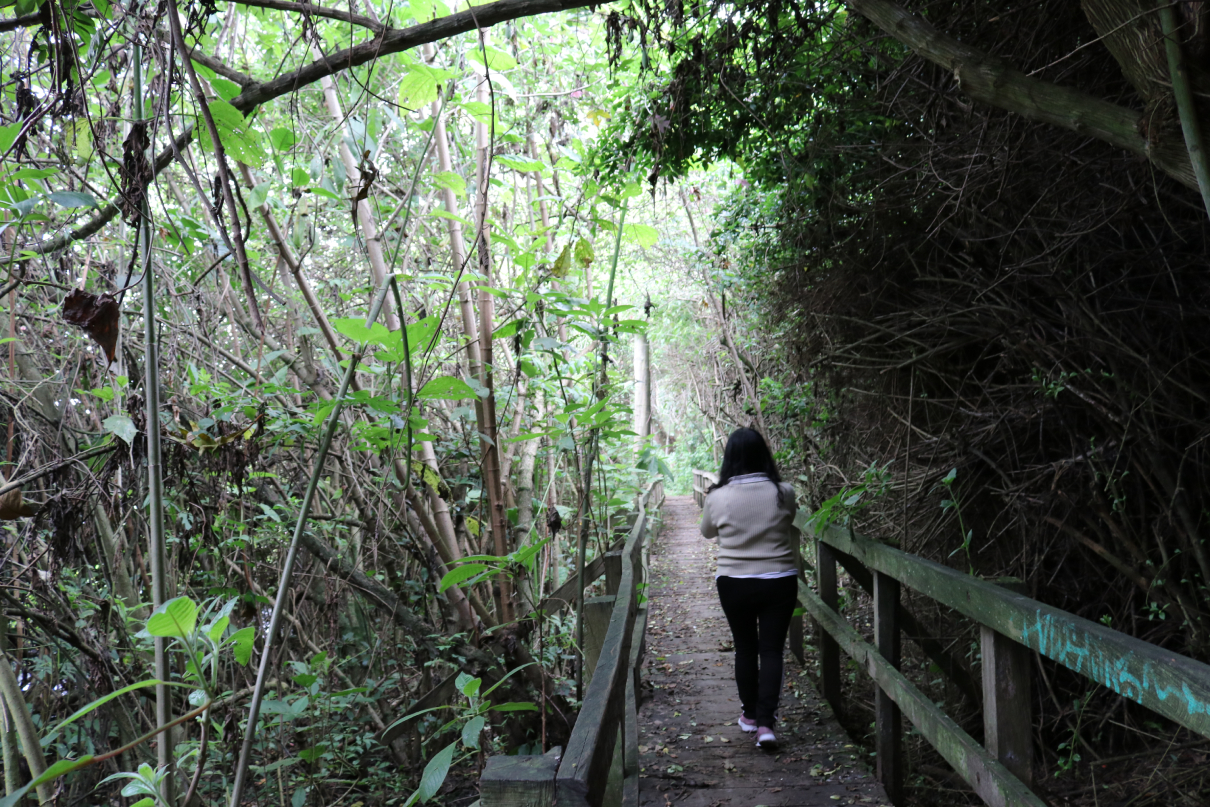
A community effort
The community took on the monumental task of restoring the wetland’s natural bodies of water and replanting it with native flora, including a nursery of 25,000 trees from 90 species, an effort boosted by support from governmental and international funds and partnerships with universities. They even saw the return of many endemic species, including a flower that had been declared extinct only the year before.
Dolly Palacio, a professor who studies water management at Externado University of Colombia, says Conejera’s movement coincided with increased recognition from the scientific community of the ecological importance of wetlands, as well as a broader environmental movement defending Bogotá from urban expansion projects.
“La Conejera really was an outstanding case of defense and ecological restoration by the citizens of Bogotá,” Palacio told Mongabay in an interview. “They even won many awards and gave a very important example to all these other groups that are defending wetlands in Bogotá.”
From the Conejera Wetland Foundation was born the Bogotá Savannah Wetland Foundation, which brought together all the community defense groups that had formed throughout the city. This network played a huge part in designing Bogotá’s 2007 wetland policy, formed by a participative process that laid out a plan for wetland restoration.
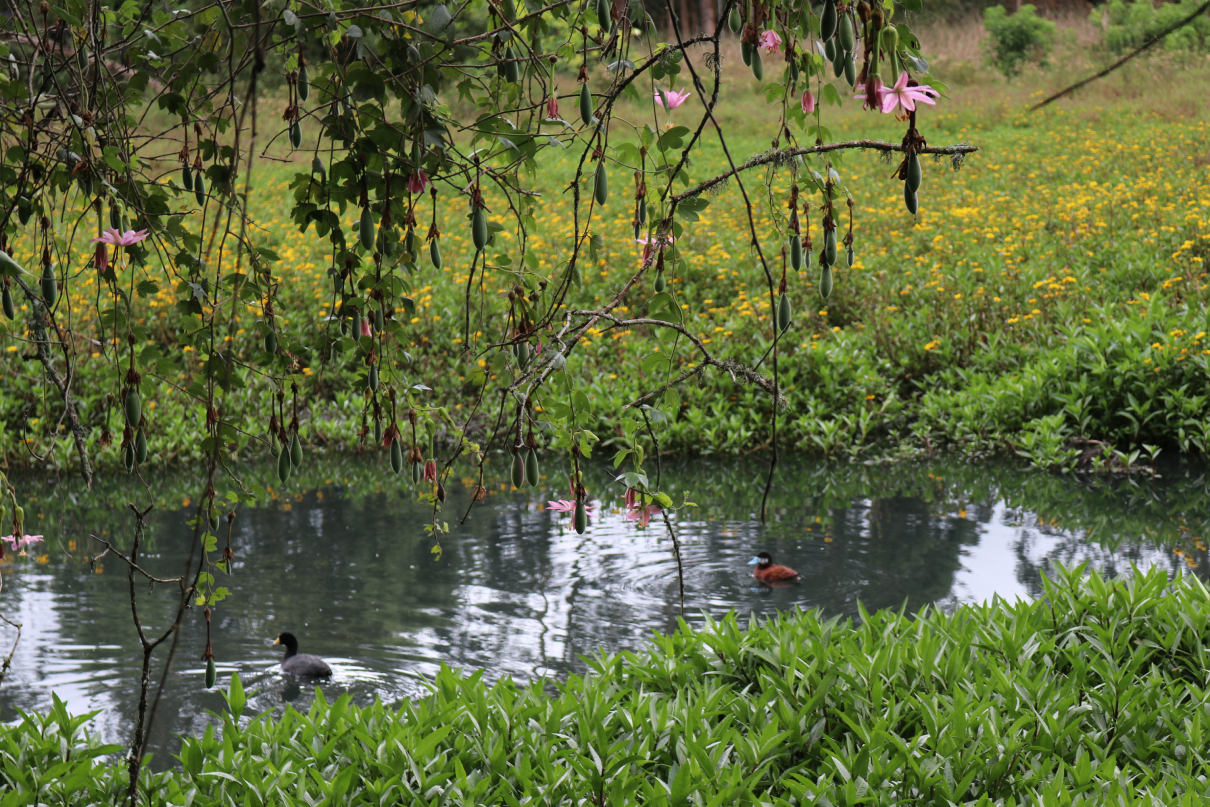
A new generation of conservation leaders
The movement also helped foster a generation of conservationists, many of whom would go on to work with other wetlands, or to influence environmental policy as public servants or elected officials. Galindo was later appointed director of the aqueduct company.
Vargas, now a biologist at Javeriana University in Bogotá, has been working with wetlands for nearly 30 years. After working as an adviser for the Conejera Wetland Foundation for nine years, he went on to work in the Córdoba wetland, another prominent success story bordering the nearby neighborhood of Niza.
In 1998, Córdoba was under threat from plans to build an urban park, which were thwarted thanks to a years-long legal campaign. It is now lauded as one of the best-preserved wetlands in the city, with long-standing and ardent community support.
Byron Calvachi, one of the original biology students who worked with Conejera, went on to work in public service for 10 years, bringing his knowledge from his conservation work to develop more restoration programs across the city. He is currently working on a United Nations-funded project to preserve three wetlands in Kennedy, a densely populated and working-class region of Bogotá.
What stands out about the most distinguished wetlands, says Guzmán, who now works on water policy in Australia, is their leaders.
“In the case of both Córdoba and Conejera, the leaders are people who have studied or who have the necessary knowledge so that they can put up a fight against the business, against the government and against the aqueduct company,” Guzmán said. “They are people who have studied, people who have prepared themselves, and who have mechanisms to demand that the government fulfill its function of conservation.”
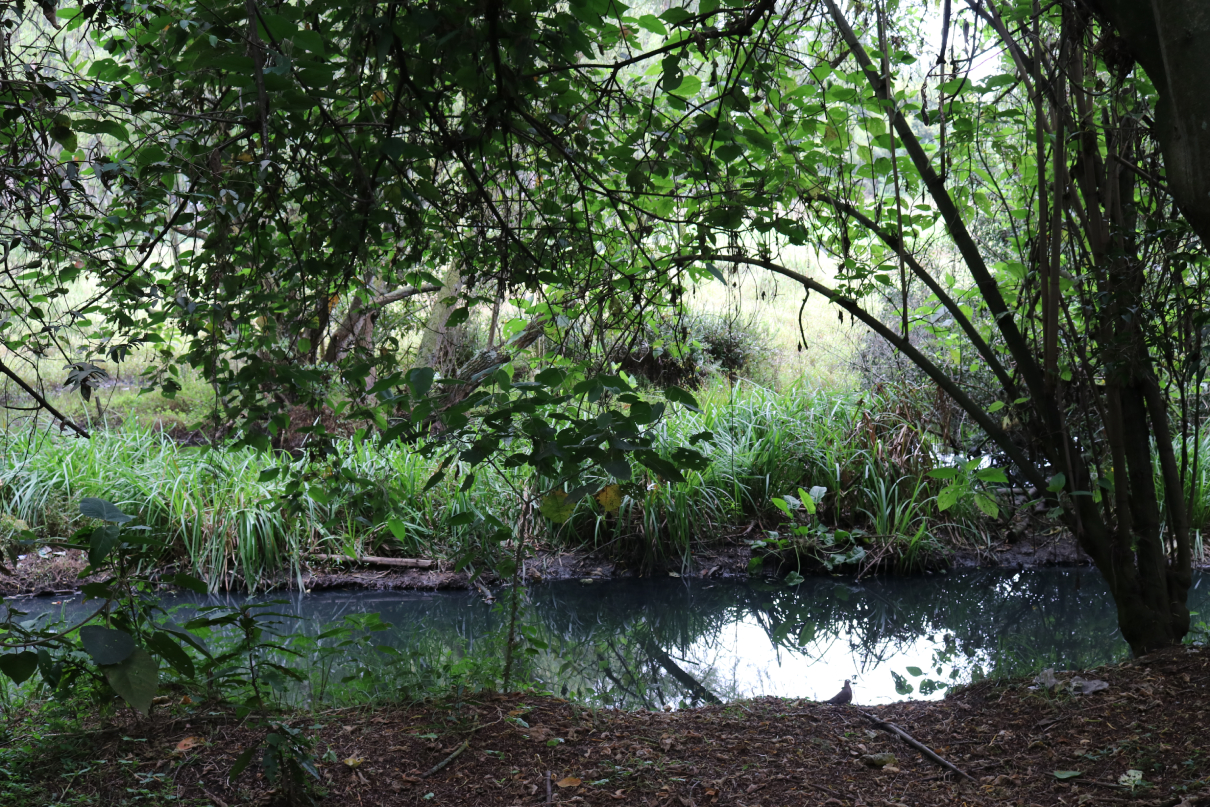
Varying community conservation capabilities
But today, Calvachi acknowledges that Bogotá’s poorest communities where many of the city’s wetlands are located face more acute challenges, where residents struggling to survive cannot devote the same energy to wetland conservation.
Dora Villalobos, a conservationist in the Vaca wetland in Kennedy, which has seen forced displacement of informal neighborhoods and denial of public utility services, calls Conejera a “school” for her, but recognizes that her community faces different struggles from those with more middle-class residents.
“Wetland neighborhoods in the south are embedded within working-class neighborhoods,” Villalobos said in an interview. “Córdoba has such harmonious beauty because they have the three sectors, but in its surroundings it also has a lot of apartment buildings with people who do not really dump their garbage out like those who are living day to day do.”
Community engagement is also more difficult in wetlands that are surrounded by industrial, rather than residential areas, says Darwin Ortega, an environmental engineer and one of the defenders of Córdoba. Ortega went on to become director of Ecoparque Sabana, a conservation project just north of Bogotá.
“In this process we have gotten some companies to see the need to conserve, but even then, the process is very incipient and it is a challenge that we still have to overcome,” Ortega told Mongabay.
Calvachi says that when he was at a wetland conference in Panama in 2007, one attendee commented with astonishment that the communities had been able to get the government to invest public funds in restoration works.
“Because it really isn’t that our state was already interested. The government was never interested in us on its own initiative, far from it,” he said. “Rather it was from the public complaints, from the legal actions against them, it was that we got them to invest — practically as they say, forcing it through the laws, through the regulations, through the management, through the mobilization.”
Communities like Conejera and Córdoba have also thrived from their partnerships with educational institutions, like universities that provided the technical and scientific evidence to aid their legal strategies and develop restoration works, to nearby schools that implemented environmental curricula.
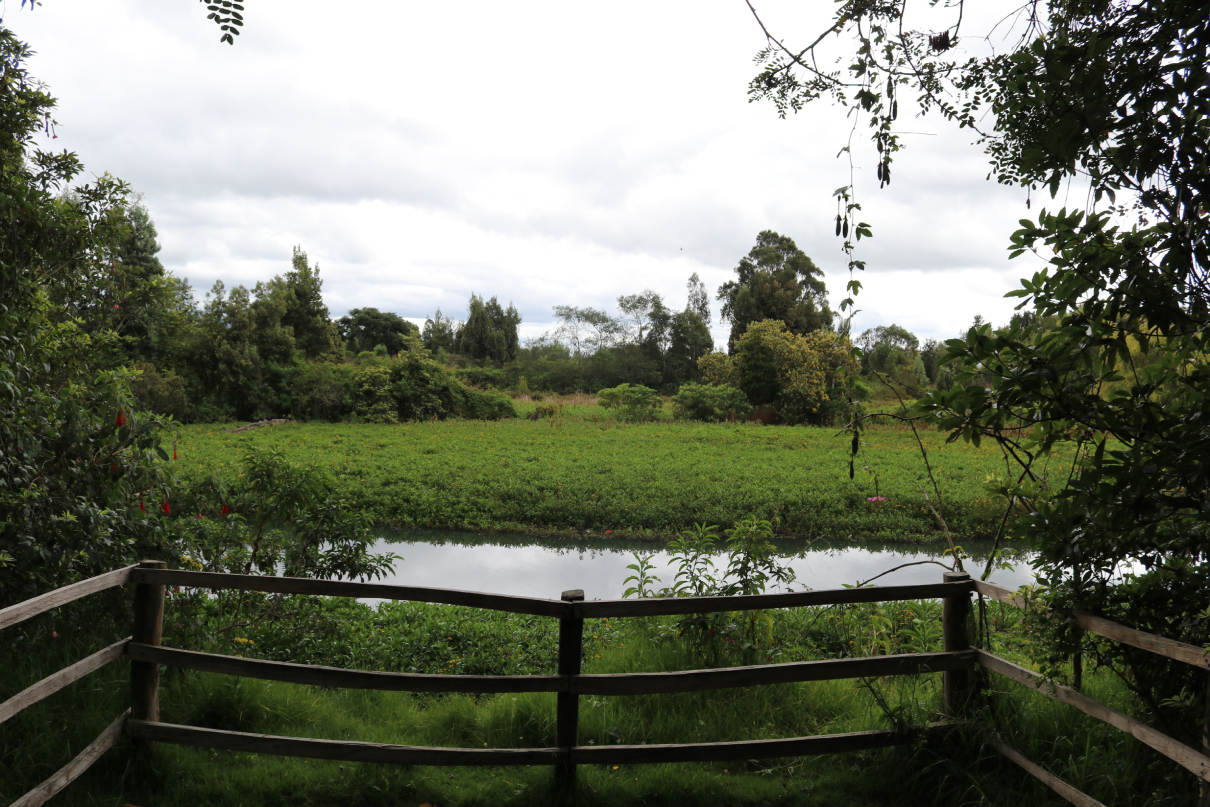
Persisting threats
The wetland movement has seen enormous gains in ecological restoration and political support, yet threats to the country’s wetlands remain omnipresent.
Today, 15 of the city’s wetlands are designated as district ecological parks, which are managed by the city’s environmental authority. Taking up around 727 hectares (1,800 acres), they are home to dozens of endemic species, including 202 species of birds. The parks serve as hidden bursts of urban greenery amid a congested and urbanized city largely lacking in public spaces. They’ve achieved enormous legal victories in a country criticized for having progressive laws that are seldom enforced.
Still, only 1.45% of the city’s original wetlands remain today, according to the Bogotá Wetlands Foundation. In June this year, a 2017 law that gave a green light to certain works on protected wetlands was reversed, yet Calvachi says government support for the ecosystems is “intermittent.” Even the most zealous defenders can’t change the polluted water that runs through the wetlands’ streams, and the laws haven’t stopped the aqueduct company from building unapproved trails around Córdoba. But Guzmán says that after having worked in conservation across Europe and Australia, she remains in awe of the efforts of Bogotá’s communities to consolidate their conservation efforts.
“It is something very, very important and it must be appreciated and understood by other countries,” she said. “And other parts of the world can learn from these processes.”
Banner image: Mauricio Castaño has been working as a defender of the Córdoba Wetland since 1998, when it was under threat from plans to build an urban park. It is now one of the best preserved wetlands in the city. Photo by Genevieve Glatsky.
